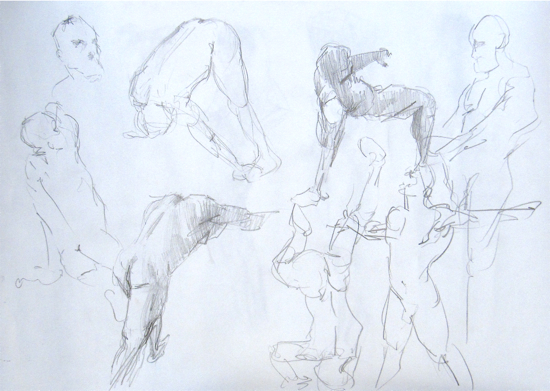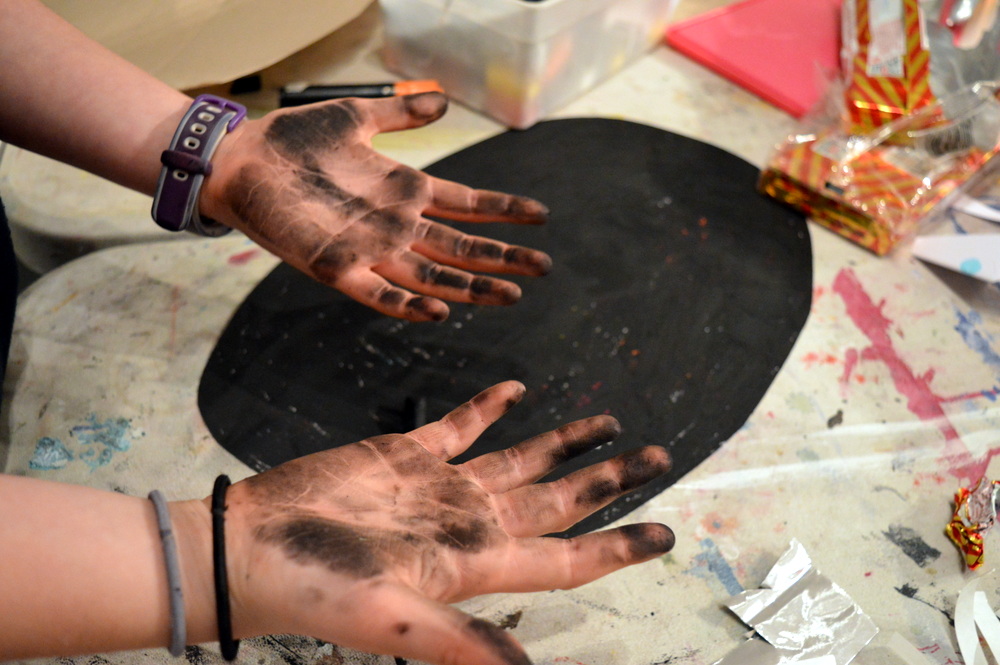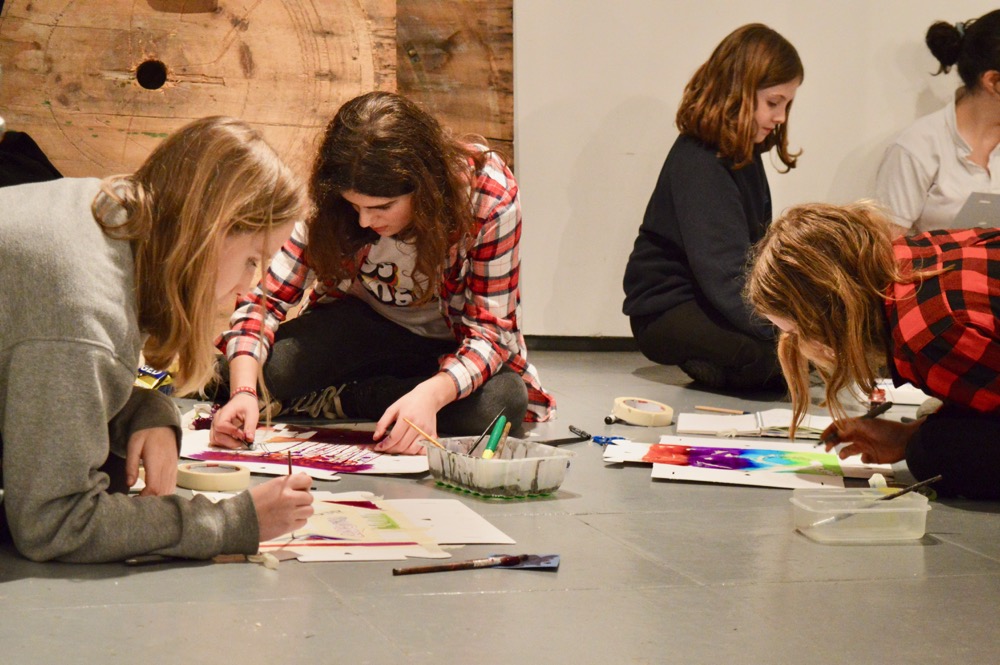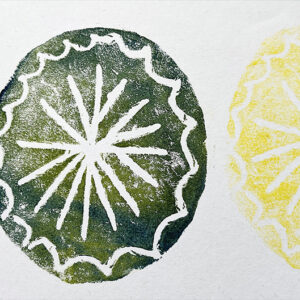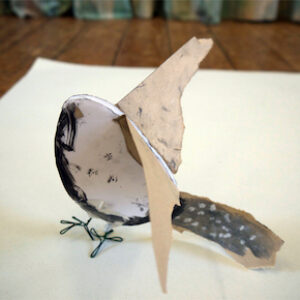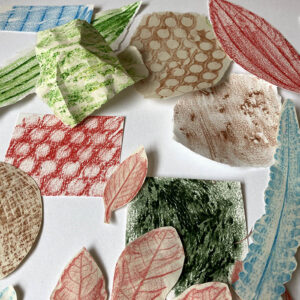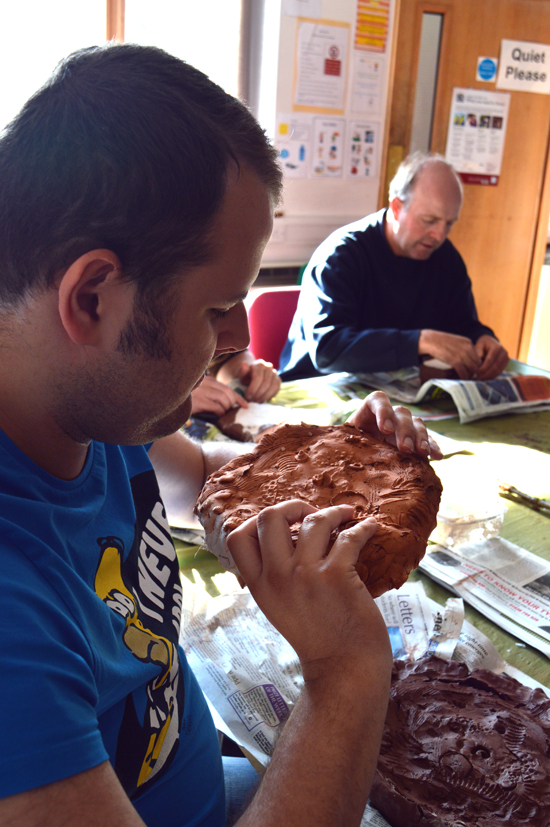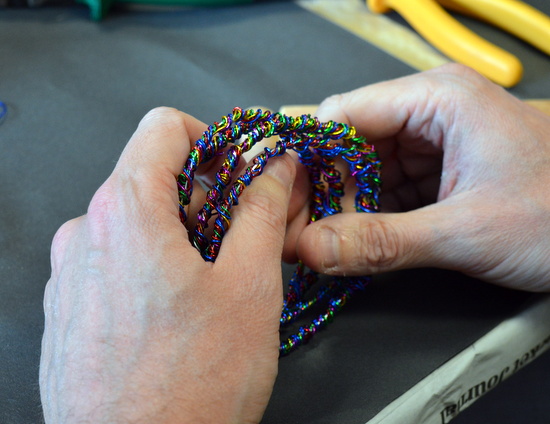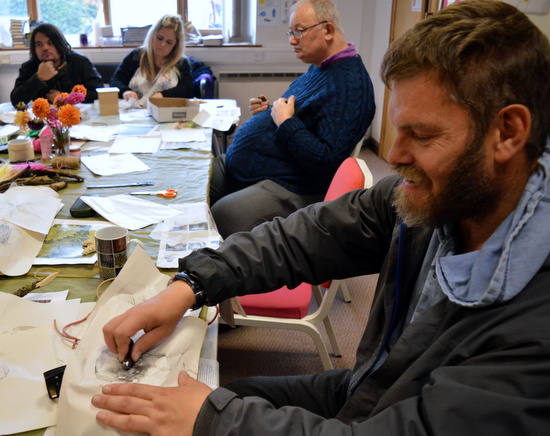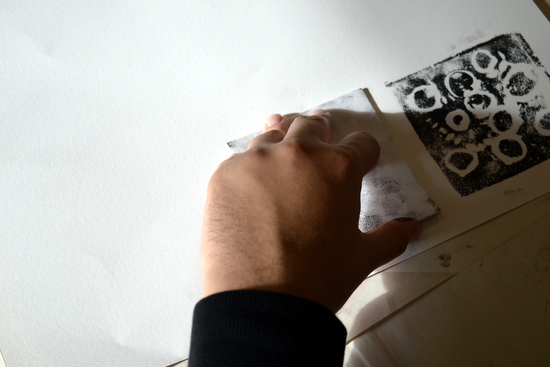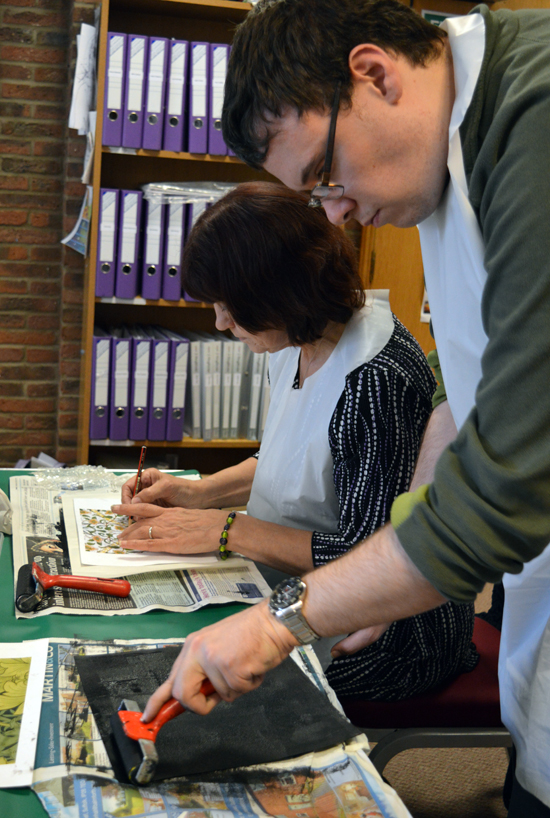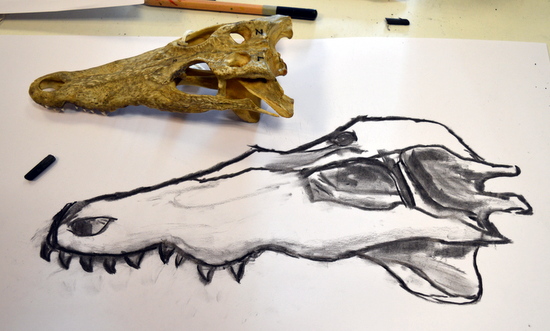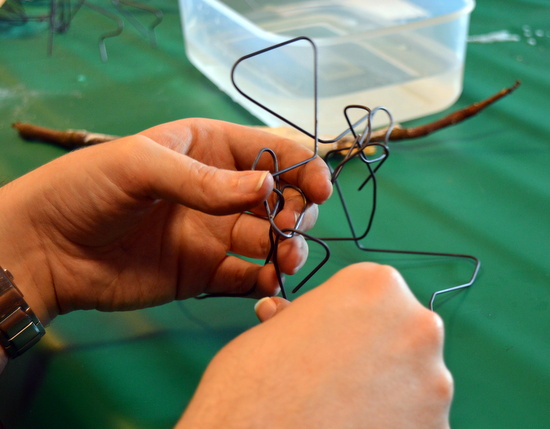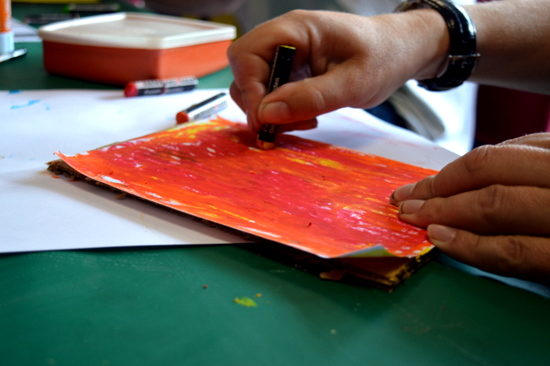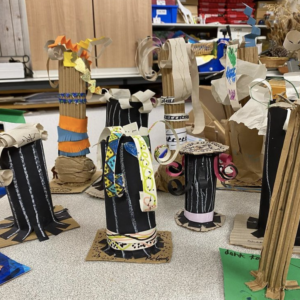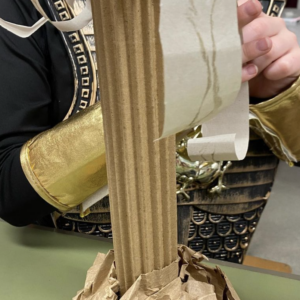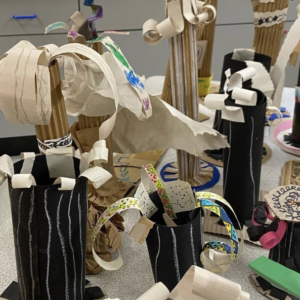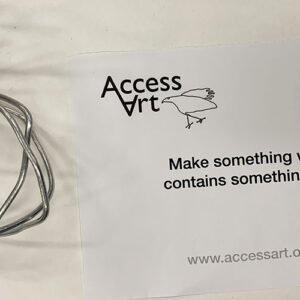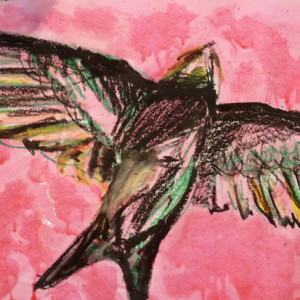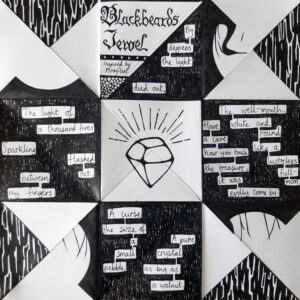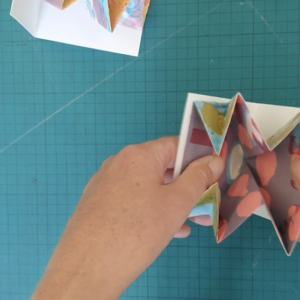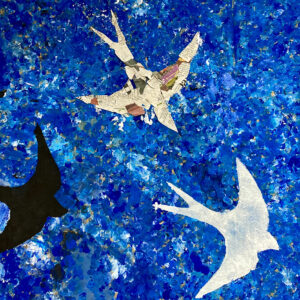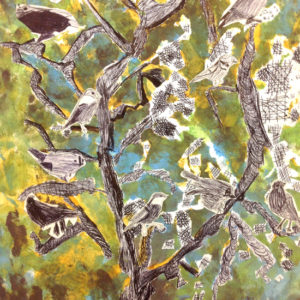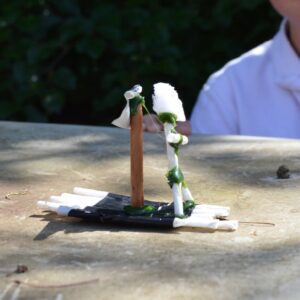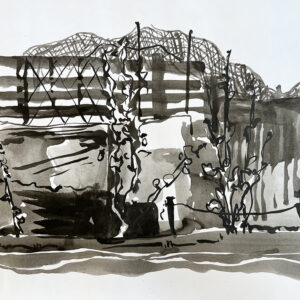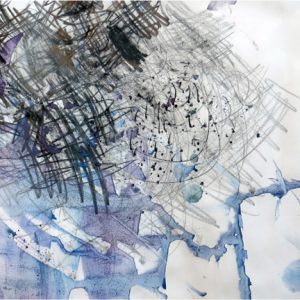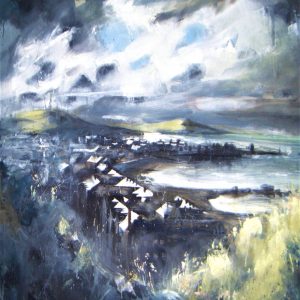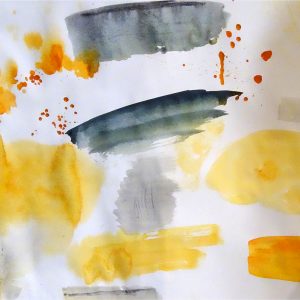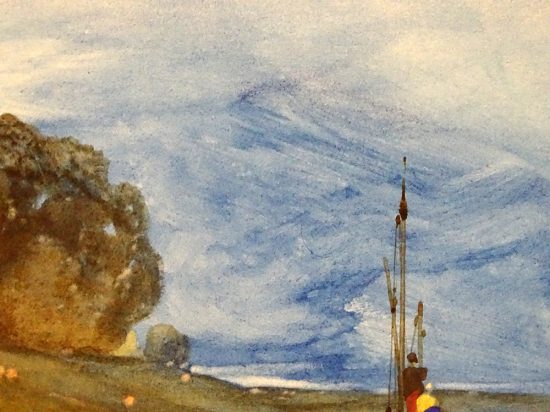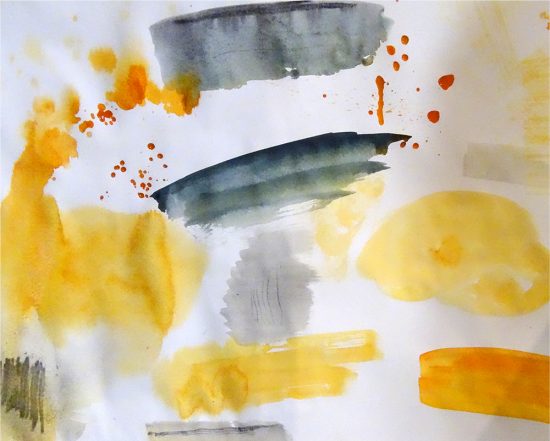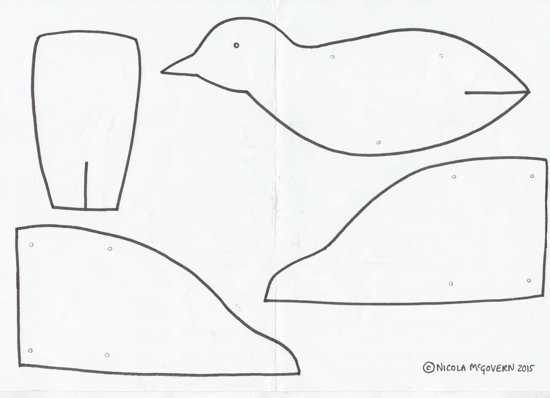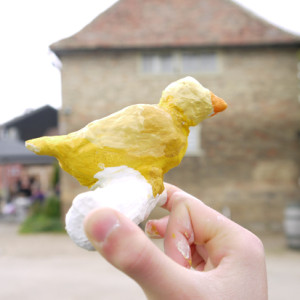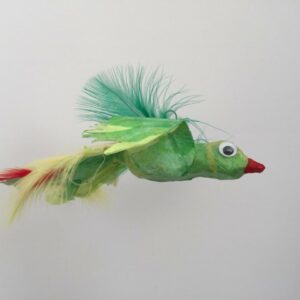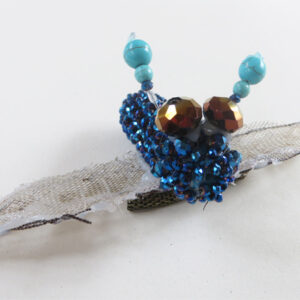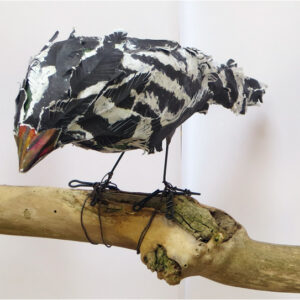How to Run a Life Drawing Class
 Introducing Hester and providing an overview of how Hester sets up and facilitates a life class.
Introducing Hester and providing an overview of how Hester sets up and facilitates a life class.
An Introduction to Life Drawing
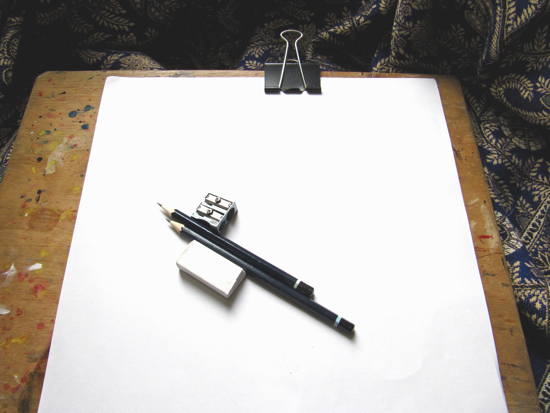 Getting started with life drawing and some simple warm-up exercises to help you become familiar with your drawing materials and the life model.
Getting started with life drawing and some simple warm-up exercises to help you become familiar with your drawing materials and the life model.
Capturing gesture
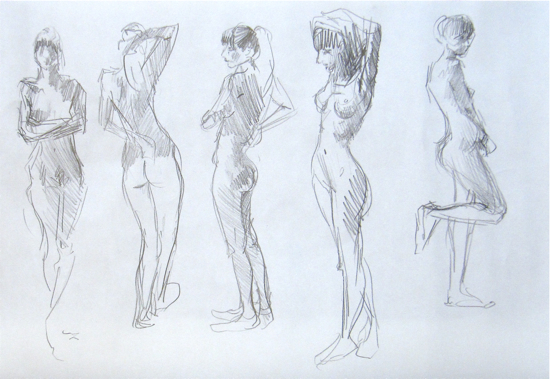 Hester provides some helpful advice along with a series of short drawing exercises, that will enable you to identify the essentials of a pose and successfully record the movement and gesture of the life model.
Hester provides some helpful advice along with a series of short drawing exercises, that will enable you to identify the essentials of a pose and successfully record the movement and gesture of the life model.
Drawing the head
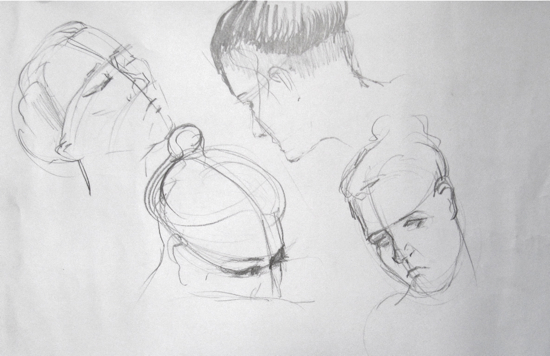 Drawing faces can be daunting, but Hester explains how you can tackle them successfully using simple and logical steps.
Drawing faces can be daunting, but Hester explains how you can tackle them successfully using simple and logical steps.
drawing hands and feet
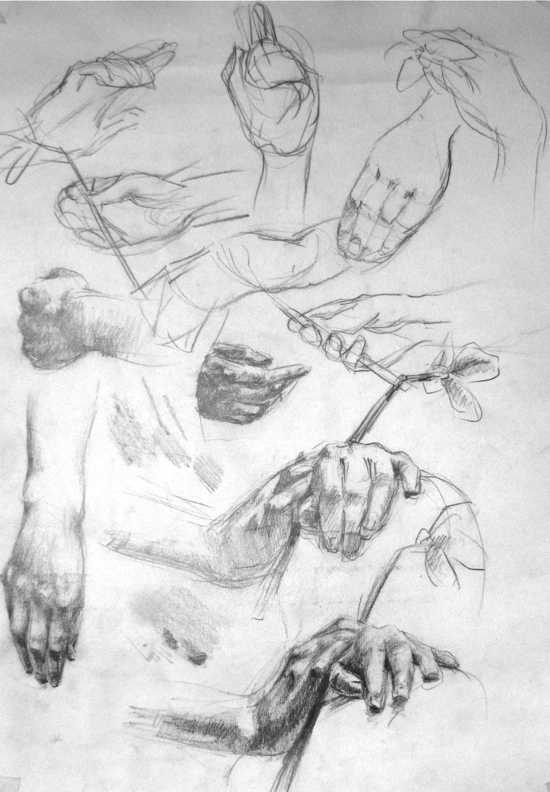 Hands and feet are tricky subjects and often get omitted because the forms seem too complicated to draw. Hester shares a secret shortcut to understanding and drawing these complex forms …think mittens and socks!
Hands and feet are tricky subjects and often get omitted because the forms seem too complicated to draw. Hester shares a secret shortcut to understanding and drawing these complex forms …think mittens and socks!
Understanding Foreshortening
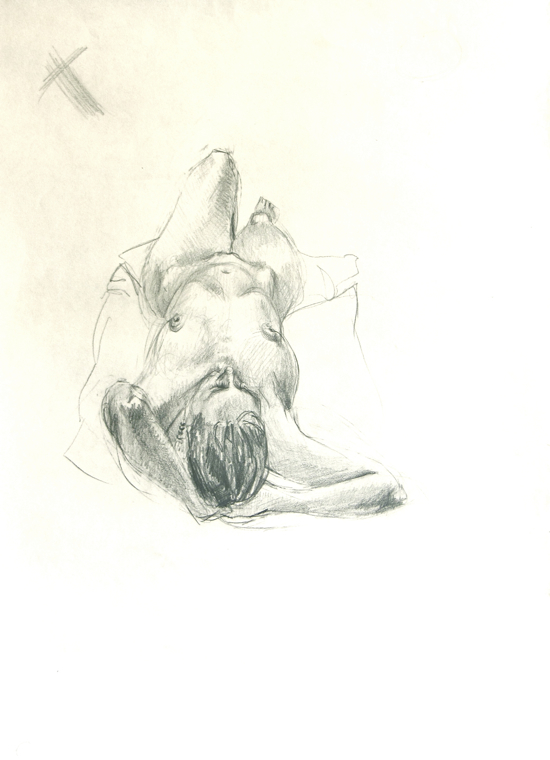 When drawing the life model, it can be difficult to process your view of a 3D form into a 2D representation. Hester explains clearly and concisely how to successfully achieve a foreshortened figure to create the illusion of space in your drawings.
When drawing the life model, it can be difficult to process your view of a 3D form into a 2D representation. Hester explains clearly and concisely how to successfully achieve a foreshortened figure to create the illusion of space in your drawings.
Using Tone
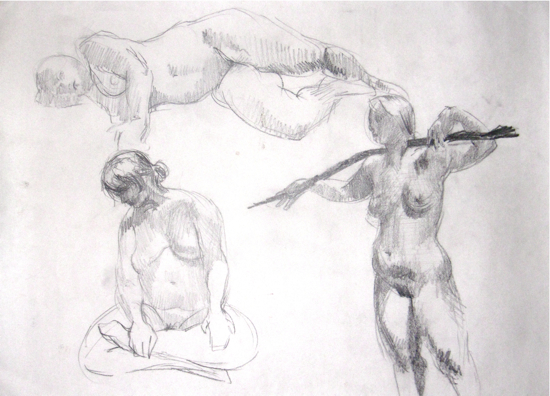 Hester explains how to use tone effectively to give your drawings more definition and an increased sense of volume and suggests ways of using tone when drawing short poses, that will build your confidence and skills.
Hester explains how to use tone effectively to give your drawings more definition and an increased sense of volume and suggests ways of using tone when drawing short poses, that will build your confidence and skills.
